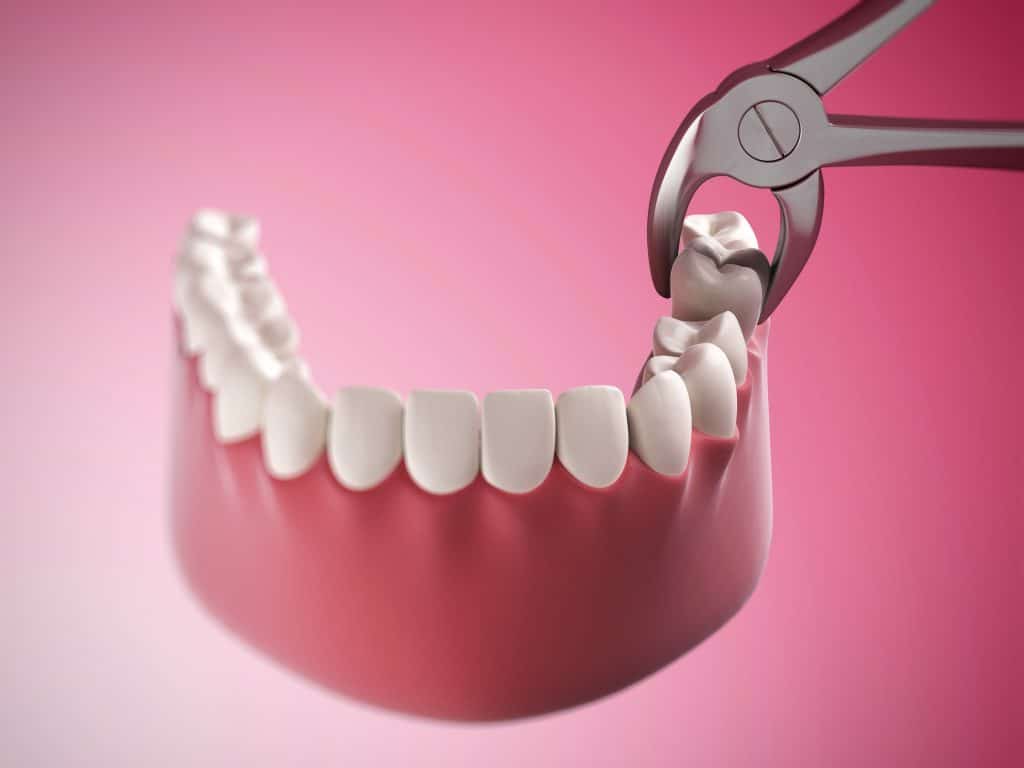Tooth Extraction Explained Step By Step
Do you have an upcoming tooth extraction procedure planned? Are you considering having a tooth pulled? At Cassell Dentistry, we walk you through the entire process so that you know exactly what to expect.
Exam and X-ray
Before extracting a tooth, our Mission Valley dentist will need a small periapical (“PA”) X-ray of the tooth. This X-ray will capture the entire tooth structure, including the root and surrounding areas. From there, we can examine the tooth and its nerve to assess the situation at hand. This examination will help us with the next step in the tooth extraction process, which is…
Deciding if You Need the Tooth Pulled
Not all painful or chipped teeth need to be removed. The tooth extraction process should always be determined on a case-by-case basis. While a dental extraction may seem like the fastest way to get out of pain quickly—or to eliminate a “problematic” tooth—it may not always be the best solution available. Other alternatives might include a crown or root canal.
During your visit, our Mission Valley dentist will determine if an extraction is recommended or if other options are available. We want you to know all of your choices and be aware of the consequences of each. If it’s best to have the tooth extracted, we will either perform the removal on the same day (usually for emergencies) or schedule you to come back for a separate procedure.
Numbing the Tooth and the Area Around It
The first part of your physical tooth extraction procedure is making sure you’re completely comfortable throughout the process. Our Mission Valley dentist will use a topical anesthetic gel to desensitize the soft tissues in your mouth and then administer local anesthetic numbing medication. The local anesthetic numbs the entire tooth and surrounding tissues, ensuring your comfort throughout the appointment.
Extracting the Tooth
Now that your tooth is completely numbed, the tooth extraction process can begin. Depending on if it is a simple or surgical extraction, the procedure may be quite short and straightforward or a bit more involved. Simple extractions involve loosening the tooth within the socket by releasing tiny fiber connections around the root surface. Since your tooth will be numb, the only thing you should feel is a bit of pressure.
Home Care and Recovery
Tooth extraction aftercare is extremely important to ensure a fast and comfortable recovery. Cassell Dentistry provides all patients with a tooth extraction aftercare sheet explaining what to do once they return home. Be sure to follow these directions closely.
For example, during the first few hours, you will want to keep clean gauze over the area and apply pressure to help with blood clot formation. It’s also important that you avoid strenuous activity or chewing hard foods in that area. Take all medication as directed to prevent swelling and infection. We also recommend applying a cool compress to that side of your face on and off for 20 minutes at a time for the first day.
Most simple extraction patients can return to work or school the following day. Oral surgery cases may require 5-7 days before they feel like returning to their normal activities.
Replacing Your Missing Tooth
Now that your tooth is removed, it’s important to discuss what options are available to replace it. Otherwise, the adjacent teeth will drift into the space, and opposing teeth may super-erupt. This situation can lead to a chain reaction throughout your mouth, altering tooth alignment, enamel wear, and even TMJ function.
Some of the most popular options for replacing extracted teeth are dental implants, bridges, and partial dentures. We’ll provide you with all the appropriate options and discuss the advantages of each one so that you can make an educated decision about your smile’s future.
Tooth Extraction in Mission Valley
The tooth extraction process is a fairly straightforward one. At Cassell Dentistry, we’ll be happy to answer any questions you have and discuss what options are available. For tooth extraction in Mission Valley, call our office today.

